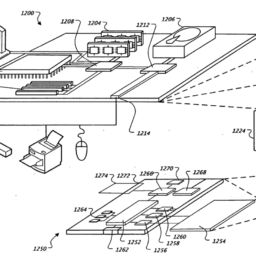Six years ago, tech media widely reported a Google patent that would let it replace real-world ads on billboards, with virtual ones in Google Street View. Google, after all, is in the ads business, so if they create a virtual layer that represents the real world, they’re going to place their ads in that virtual layer.

The VP of Product for Google Maps and Street View at the time was John Hanke. Hanke is also known for being the founder of Google’s internal startup Niantic, which was later spun off and created Pokémon Go. The game uses Google Maps for its virtual layer and has its own information layer on top of that. Pokémon Go has tens of millions of daily active players and has managed to do what Google Glass was supposed to do: make augmented reality mainstream.

Augmented reality is an excellent space for advertising. It generates a ton of data on users that helps you serve them with relevant, local and timely suggestions. The company to make the most money off of this, is not the one that does the advertising, it’s the one that owns the network. The large investments we’re seeing in virtual reality by the tech giants have nothing to do with games, or even the mundane applications of the technology they’re investing in. The investments are about who is going to control the primary augmentation layer people will use.
For some, it might be a lifelong dream to just create a cool augmented reality game that gets people off the couch and into the real world. But for others, this is about more – it’s a virtual land grab and defining the rules before others do, so they can scale these patents to their full potential.
Go deeper: read my longer think piece on augmented reality, advertising and music on the Synchtank blog.

